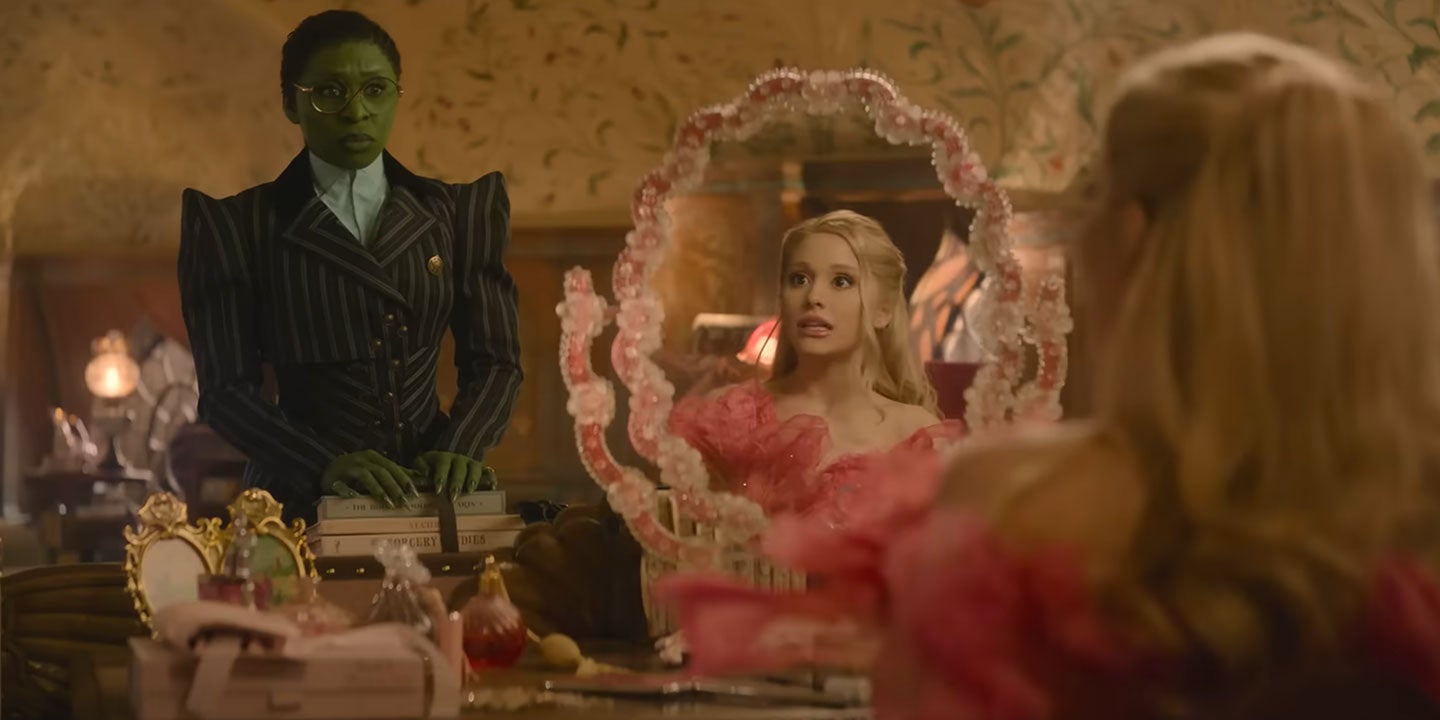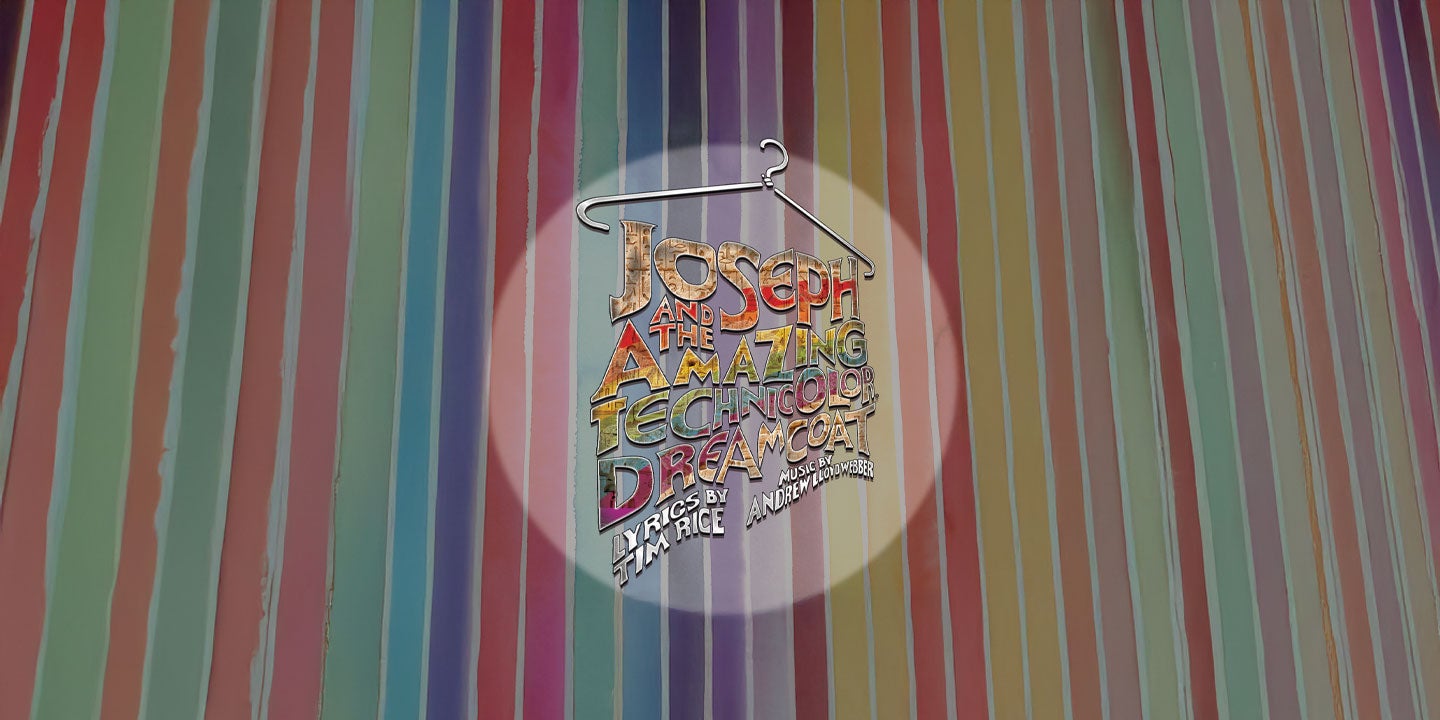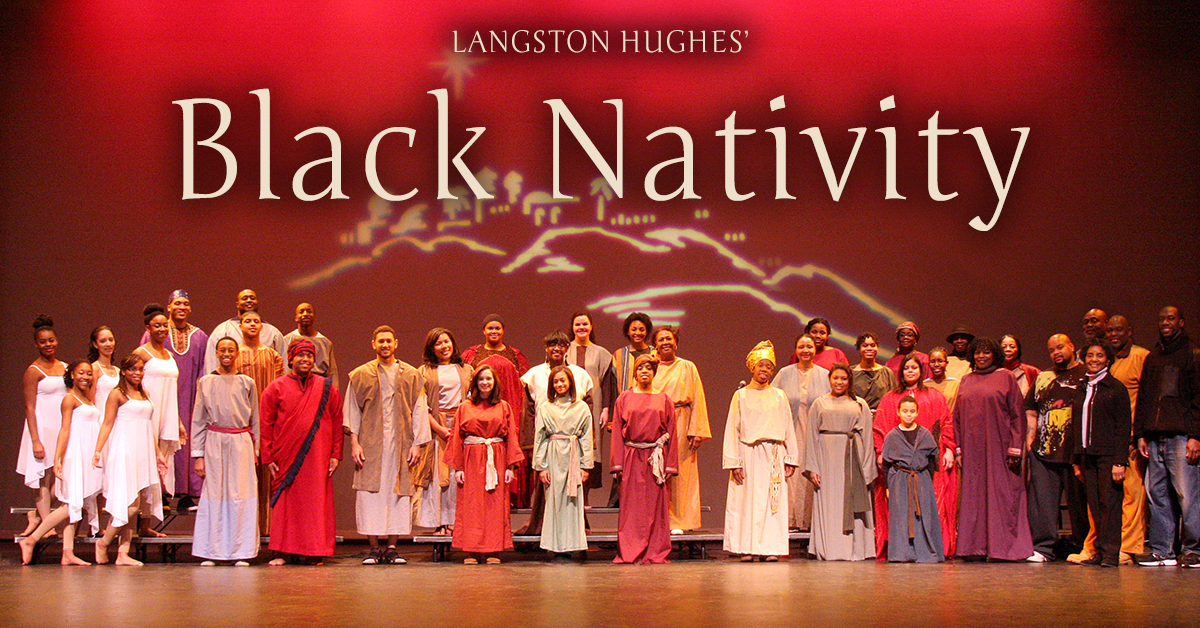By Bruce Chadwick
originally published: 01/16/2022

When I was a teenager in Morris County in the 1960s, my buddies and I went to the movies at least once week. We had plenty of movie theaters to attend, too.
There was the State Theater, in my hometown of Boonton, a lovely old band box of a theater that you entered and then turned around completely to see the screen (you also had to weather the cigar smoke from the theater owner, drifting wherever he drifted). There was the Denville Theater, on Main Street Denville, where I saw plenty of Westerns. We went to the Baker Theater in Dover, a narrow move house wedged into the middle of a block on the main drag. And, of course, there was the jewel in the crown, the Community Theater, in Morristown, a big, bawdy, over-sized movie house that tried to burst out of its majestic red brick frame. I saw lots of James Bond movies there (and fell in love with all of the “Bond girls”).
Today, the nostalgic movie houses of my youth are all gone, every single one of them. The State in Boonton is a photo store, the Denville is a furniture store, the Baker is a religious house and the Community is the Mayo Arts Center. Where have all the cinematic memories gone?
It is not just that the old dragons are gone, but that the new theaters are disappearing, too.
What will happen to theaters of today? The movie business is dying a slow death, much like the slow deaths of the bad guys in the old westerns.
I was once again reminded of this by a newspaper note that the 2022 Oscar nominations will be announced February 8.
Few New Jerseyans, or anybody, goes to the movies anymore. Film ticket sales in the U.S, and in New Jersey, are down 61% from two years ago (prior to the Pandemic) and in many states large percentages of movie houses have shut their doors for good.
How on earth such an iconic industry like the movies, where Americans went twice a week in the 1930s, be tottering on the verge of collapse?
There are several reasons besides theaters closed by COVID.
1) Cost of tickets. According to several studies, moviegoers, and New Jerseyans, are paying $10 to $13 a ticket (adults). I was talking to a 35 year old man at the Bridgewater Mall a few weeks ago about this and he shook his head negatively.
“I went to the movies last weekend. Cost me $64 for tickets for me and my wife and two kids, plus food and soda. $64! When I was a kid that would have been half of that, maybe less. And it was a lousy movie, too.”
2) The streaming film world, whose capital is Netflix. 214 million people worldwide, and 74 million in North America, get Netflix. That’s about half the population of the entire continent. The company is earning 55 gazillion dollars a week. Then there are a half dozen other streaming channels, like Disney (118 million subscribers) and Hulu (38 million). On these channels, you can select from hundreds of movies and television shows. The streaming giants also spend millions to produce their own series and feature films, many of which are much better than those churned out by Hollywood.
Also, if you want to see a film in a movie theater, you have to travel a half hour, sometimes trough ice and snow, to do so. Streaming service? Just click the button. sit back and slurp on your soda.
3) The oversized flat screen television set (“I don’t want to watch a movie on a tiny TV screen!”) They just unveiled a 92 inch set that is as big as Utah. I have two big 55” flat screens. To sit in front of one is to be at a movie theater (almost). You want a big screen? You have a big screen.
4) COVID. Of course. Movie theaters were shut down when COVID started. The national media beat us over the head with the idea that if you walked into a movie theater you would get COVID and die. The fear has stuck and it still terrifies people, especially since the new variant, omicron, has reared its ugly head. Americans are reluctant to go back to the movie theater and many will be closed for quite a while.
5) Shopping Malls, where many theaters are located, have become run down, unattractive and draw fewer shoppers and moviegoers.
There was a study done two months ago by Quorum, a new industry based research group, that was startling. It said that 49% fewer people went to the movies in 2021 than in 2019. It added that another eight per cent said they would not go to the movies again – ever. David Herrin, who conducted the study, told the New York Times that “before, maybe you went every now and again -overlooking the drawbacks. Now you add safety concerns to that mix , and you suddenly become a former filmgoer.”
Linda Ong, who also participated in the study, called COVID “the perfect storm” for the industry.
The study, troubling to the film industry, also said that the areas of the nation that did well in film attendance were large, white urban areas with a young population.
That is troublesome for New Jersey, that has just a handful of cities and is pretty much a suburban state with a middle aged, not young, population.
Movies that Hollywood expected to do well this year such as the 456th remake of West Side Story, Belfast and Duel, flopped, despite heavy promoting.
Symbolic of the public’s waning interest in film is the 2021 TV ratings for the Oscar awards broadcast, down a staggering 56% from the year before.
Finally, and importantly, the motion picture industry produces many really dreadful films. As an example, the big 2021 film box office champs were movies such as Spiderman – No Way Home, The Venom, Shang-Chi and the Legend of the Ten Rings. Oh, well, of course, they will make us all forget The Godfather, Lawrence of Arabia, Citizen Kane, The Maltese Falcon and It’s A Wonderful Life, won’t they?
Movie theaters are doing all they can with COVID protocols – frequent cleaning, social distancing, masks. Some have even spent large sums of money to upgrade heating and air conditioning systems to battle COVID. But when COVID goes away, the other problems mentioned before will grow and still demand the attention of everyone in film from production heads to actors to little shopping mall theater managers.
If something isn’t done soon, the only movie theaters in America will be in museums as relics of the past.
Bruce Chadwick worked for 23 years as an entertainment writer/critic for the New York Daily News. Later, he served as the arts and entertainment critic for the History News Network, a national online weekly magazine. Chadwick holds a Ph. D in History and Cultural Studies from Rutgers University. He has written 31 books on U.S. history and has lectured on history and culture around the world. He is a history professor at New Jersey City University.
FEATURED EVENTS
To narrow results by date range, categories,
or region of New Jersey
click here for our advanced search.


















